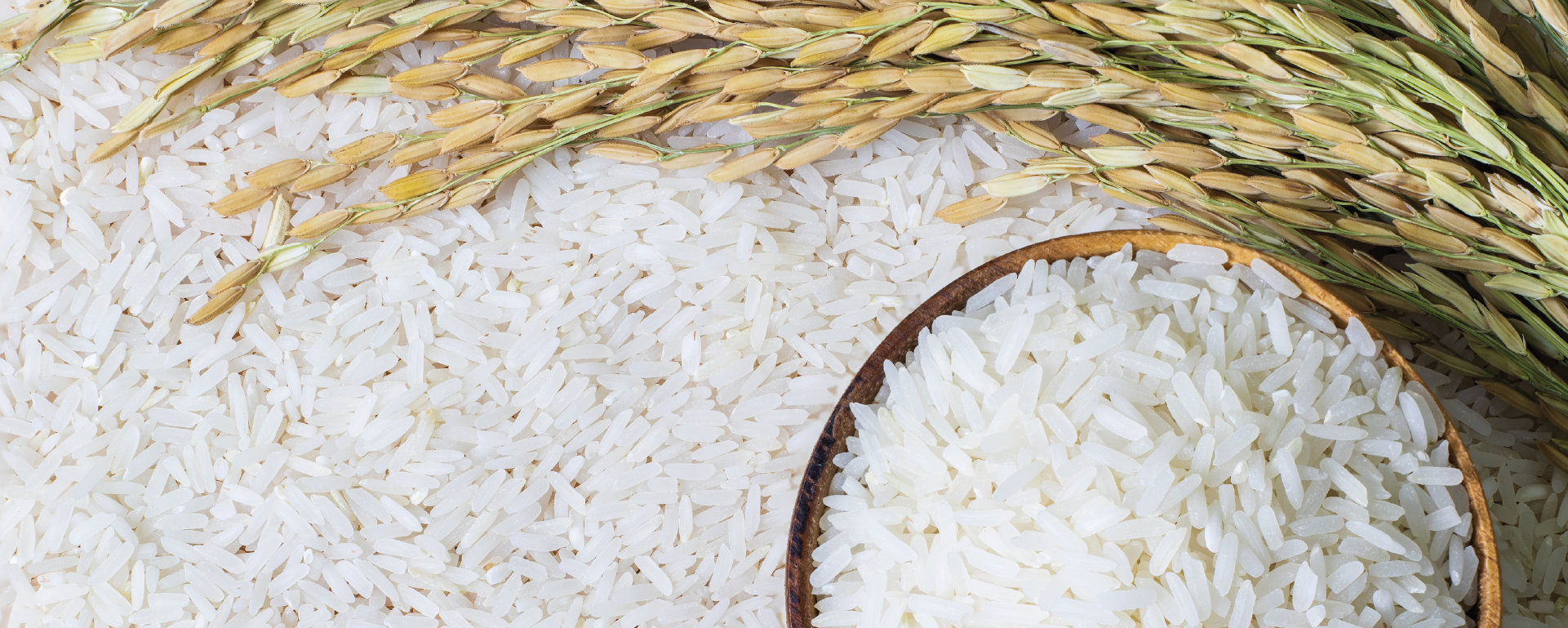WHITEPAPER


Premium rice varieties like Hom Mali and Basmati sell for much higher prices due to their distinctive aroma, texture, and taste. Current methods for detecting rice adulteration require cooking the grains and evaluating their physical properties, or expensive laboratory analysis. While DNA testing is considered the gold standard, these laboratory methods are time-consuming, costly, and impractical for routine use.
High accuracy in classifying rice into Pure, Mixed and Jasmine grades enabling traders to quickly verify premium Hom Mali rice claims and avoid paying premium prices for adulterated products
Purity percentage with a low average error allowing traders to determine exact adulteration levels and price fairly based on actual quality
Successful detection of subtle quality differences demonstrating reliable performance across the full spectrum of rice quality that traders encounter in real-world supply chains
By enabling fast, reliable purity assessment, rice traders and processors can make more confident purchasing decisions while protecting their operations from adulterated products.
Read more in the white paper.
(Available in English)
Having trouble accessing the download? Email us at [email protected] and we’ll send the document directly to you.